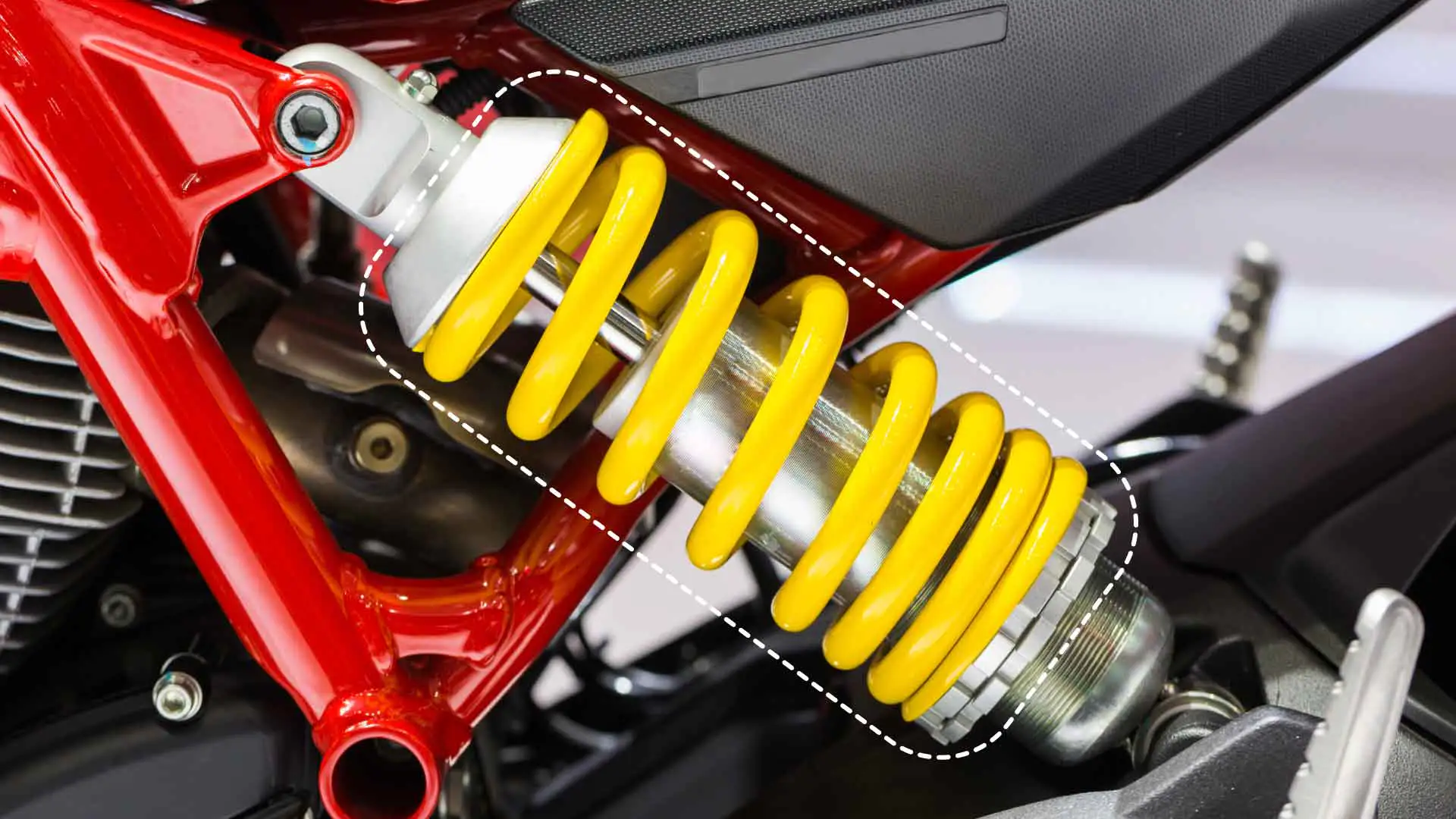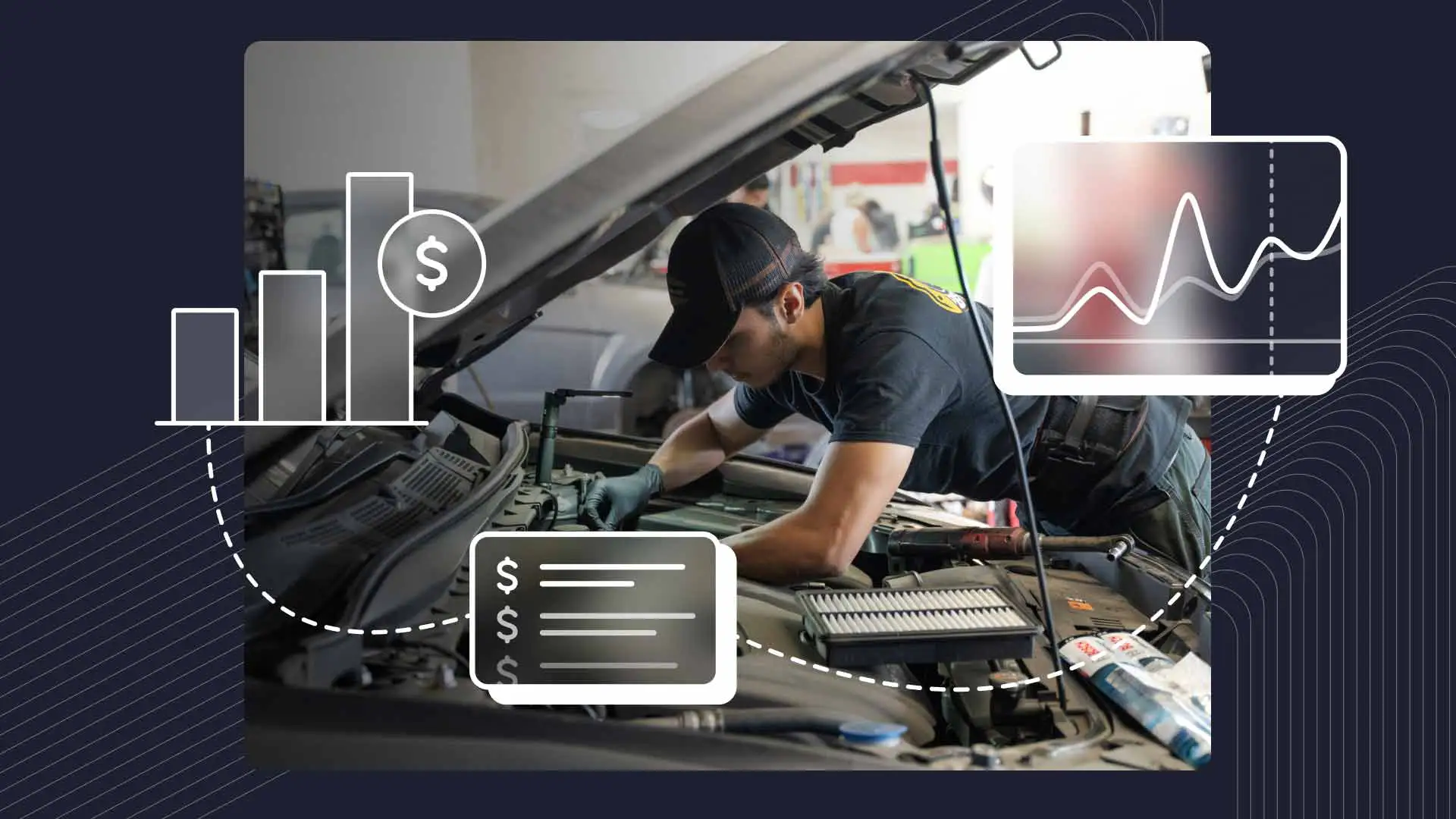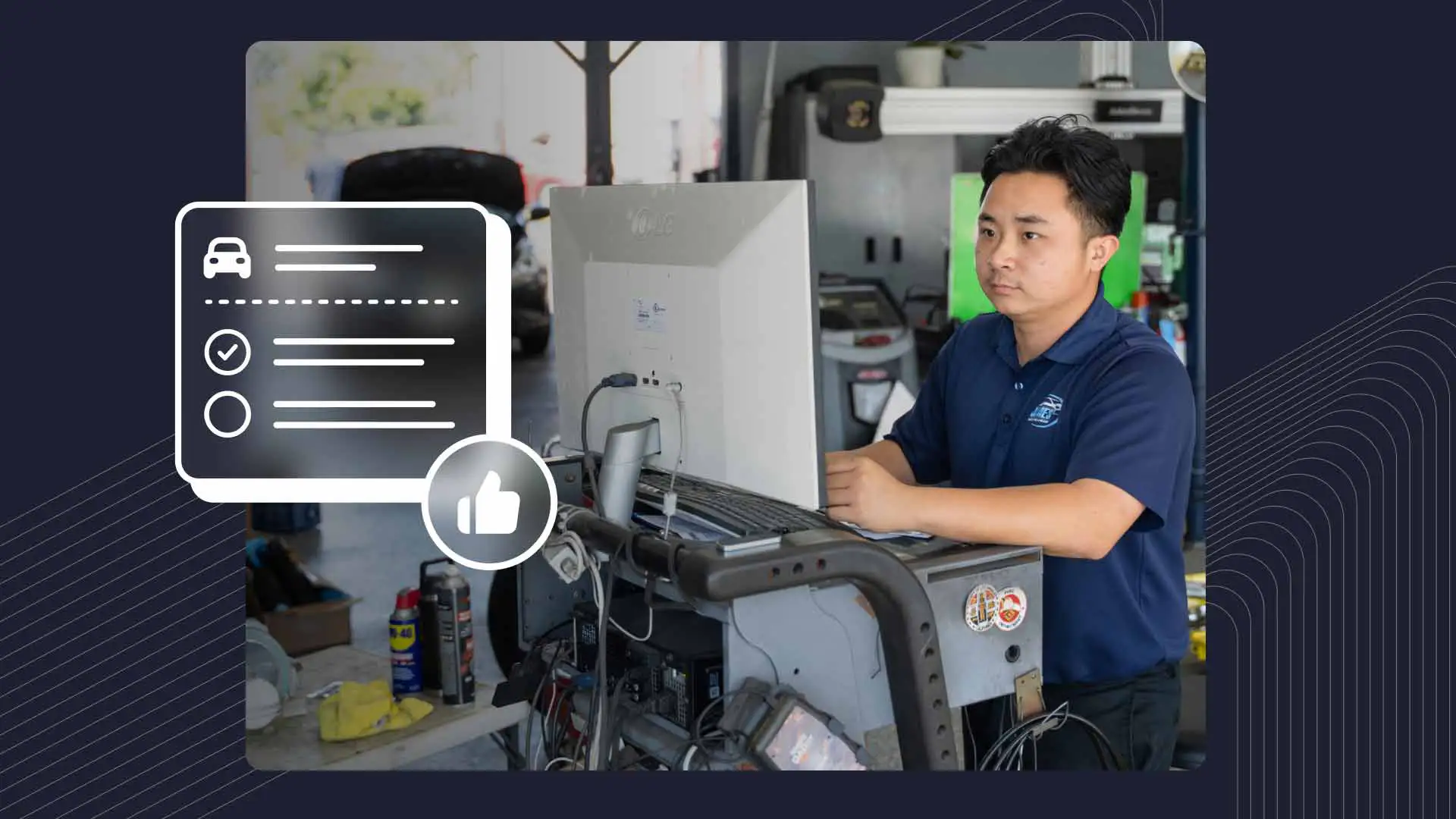Fine-tuning a motorcycle’s suspension is a great way to enhance its comfort and performance. But it’s also a complicated process that involves precision adjustments based on the rider's weight, riding style, and road or track conditions.
Get the adjustments right, and riders will enjoy improved handling, especially when cornering, braking, or navigating rough terrain; a smoother ride with fewer bumps and vibrations; and longer-lasting tires with better grip, among other benefits.
So, let’s pack our things and head out on the road to explore the ins and outs of motorcycle suspension tuning, including suspension dynamics, advanced adjustments, and troubleshooting strategies.
Understanding Suspension Dynamics
Stripped down to its core, a motorcycle's suspension system is designed to absorb bumps, keep tires on the road, and provide stability through turns and deceleration. Two key components control suspension movement: damping and spring rate.
Damping Theory: Damping is basically the suspension's ability to control the speed of compression and rebound. Compression damping slows down the compression of the fork or shock, while rebound damping controls how fast it returns to its extended position. The ideal damping setup should provide enough resistance to maintain control while allowing the suspension to move quickly enough to absorb bumps. Without enough damping, the suspension feels bouncy and unstable; too much damping, and it becomes stiff and sensitive to bumps.
Spring Rates: Spring rate measures how much force it takes to compress the spring a certain distance. A higher spring rate usually produces better handling and responsiveness but a less comfortable ride. Conversely, softer springs deliver a smoother ride but may cause the suspension to bottom out during hard cornering or braking. The proper spring rate is generally based on the rider's weight and riding style, as well as the riding surface.
Advanced Adjustment Techniques
Beyond the basics, advanced tuning techniques can do wonders for a motorcycle’s suspension performance.
Revalving: Revalving involves modifying the internal components of the fork or shock to change its damping characteristics. This can include rearranging or adding/removing shims, or drilling new holes in the existing shims. Customizing the shim stack lets you create a damping curve that’s tailored to the rider's specific needs, e.g., different riding styles or track conditions.
Custom Spring Selection: While off-the-shelf springs can be a nice upgrade over stock parts, custom-made springs are a cut above. Using precise spring rates, lengths, and materials, these components are tailored to the rider's weight and riding preferences. This results in better handling and stability, since both the front and rear suspension are designed to work in harmony.
Sag Measurement: Sag, or how much the suspension compresses under the rider's weight, helps determine the right spring rate and preload settings. If there’s too little sag, the suspension will ride in the upper part of its travel, resulting in a rough ride. When there’s too much sag, it rides low in its travel, which produces less-than-ideal handling and a greater likelihood of bottoming out. For the best results, experts recommend aiming for 25-30% sag in both the front and rear.
Troubleshooting Suspension Issues
Even with a dialed-in setup, suspension problems may still arise. But recognizing common symptoms and zeroing in on their root causes will help resolve many of these issues.
Some frequent suspension problems include excessive lean angles, harshness over bumps, and instability. Excessive lean angles could mean your sag settings or spring rates are off. A rough ride often stems from an overly stiff suspension; or, the compression damping might be set too high. If the bike is unsteady, especially in high-speed corners or when riding on uneven terrain, a common culprit is the rebound damping.
When diagnosing suspension issues, take a systematic approach. Start by making sure the basics, like tire pressure and wheel alignment, are on point. From there, check the suspension components for wear or damage, and verify your sag and preload settings. If these areas are OK, try testing different damping settings. This should help determine whether you need to adjust the compression or rebound damping.
Once you’ve identified what’s causing the problem(s), it’s much easier to develop solutions. For example, if the bike leans one way, adjusting the spring rate or preload might help. If the suspension feels too harsh, lessening the compression damping or going with a softer spring could solve the issue. If you’re dealing with instability, try increasing the rebound damping, which will slow down the suspension’s recovery after compression.
Advanced Tools and Equipment
While basic hand tools are adequate, there are some suspension-specific tools and equipment that can take your tuning efforts up a notch or three.
Suspension Analyzers: These devices attach to the bike and provide real-time data on the suspension's movement, including stroke speed, stroke position, and force. It’s pretty next-level stuff that lets you see exactly how the suspension is performing and make adjustments as needed, removing much of the guesswork.
Specialized Tools: Investing in specialized tools for specific adjustments will ultimately save you time and frustration. Spring compressors, for example, allow you to safely remove and install springs, while oil removal and filling tools are great for servicing dampers and making sure you get the oil level and viscosity right.
Fine-tuning the Feel on Two Wheels
Mastering advanced suspension tuning is like unlocking a motorcycle’s cheat code. Techniques such as revalving and custom spring selection, along with specialized tools and equipment, can produce noticeably better handling and performance, resulting in a bike that feels like an extension of the rider.
Remember, too, that suspension tuning is equal parts art and science, which means a blend of knowledge, practice, and experience will lead you to the best solution for each motorcycle and rider combination.
As you refine your tuning skills, consider how simplifying your shop’s operations could help save valuable time and resources. Request a demo of Shopmonkey’s all-in-one motorcycle repair shop software today and discover features that let you perform digital bike inspections, monitor workflow, and create canned services with ease.




